Alternative Techniques for Dental Implants
If you were told that implants are a long shot ore ven not an option for your case, don´t give up, there are a number of alternative techniques that combined with biological material and cutting edge equipment will allow us to recover, rebuild or modify affected áreas of both hard and soft tissue that might limit or prevent implant colocation.
PREPROSTHETIC SURGERY
Pre-prosthetic surgery has a defined objective that goes from a regularization of the tissues to a regeneration, which allows us to place one or several dental implants and their respective prosthesis in an adequate and lasting way.
When a tooth is lost, the height and thickness of the bone decrease with time, and when a dental implant is considered and decided, if a long period of time has passed, the bone in the affected area does not Then sufficient volume to retain the implant.
PREPROSTHETIC SURGERY WITH BLOCK BONE GRAFT
Bone grafts are frequently used in Pre-Prosthetic Surgery to replace lost bone. Depending on the patient´s needs, they are obtained from the same oral cavity or from donor sites outside the oral cavity, or even "exogenous" bio-materials (which do not belong to the patient) can be used as an option to recover or repair defects. Characteristically, grafts when attached to living bone become a living part of that bone.
PREPROSTHETIC SURGERY THROUGH ALVEOLAR DISTRACTION
Another widely used technique, alveolar distraction and bone transport, thanks to which, by "stretching" or repositioning a fracture callus that we have previously created, we mobilize the fragment of bone as far as necessary and take it to its original place. With alveolar distraction we can also regenerate soft tissues naturally.
PREPROSTHETIC SURGERY FOR REGENERATION THROUGH GRANULATED GRAFT
In pre-prosthetic oral surgery we develop what is defined as a "tent" effect, ie a containment action of heterologous biological materials (from another individual or species) and/or autologous (element or resource of our own). Body) will regenerate the affected area.
SINUS LIFT GRAFT
A sinus lift is a surgery that adds bone to your upper jaw in the area of your molars and premolars. It's sometimes called a sinus augmentation. The bone is added between your jaw and the maxillary sinuses, which are on either side of your nose. To make room for the bone, the sinus membrane has to be moved upward, or "lifted."
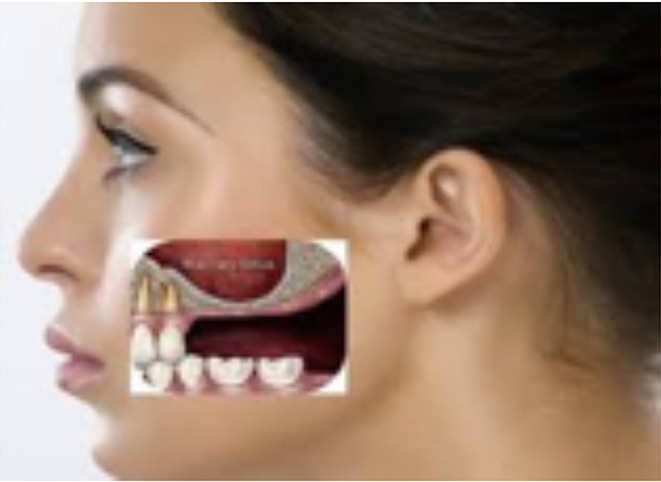
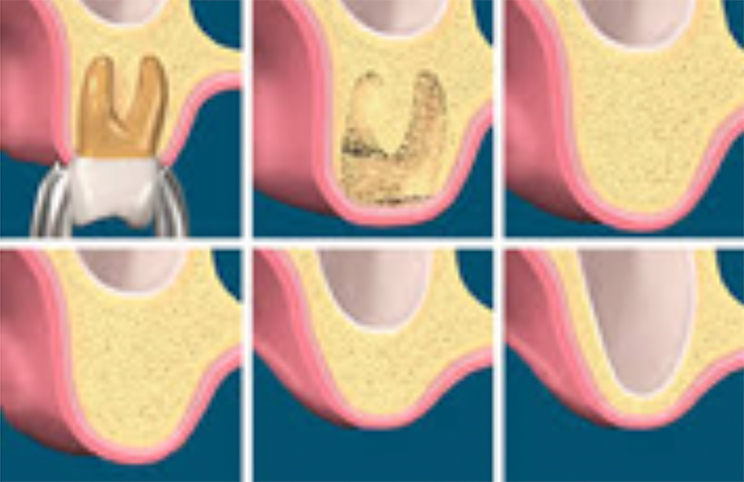
A sinus lift is done when there is not enough bone height in the upper jaw, or the sinuses are too close to the jaw, for dental implants to be placed. There are several reasons for this:
- Many people who have lost teeth in their upper jaw — particularly the back teeth, or molars — do not have enough bone for implants to be placed. Because of the anatomy of the skull, the back of the upper jaw has less bone than the lower jaw.
- The bone may have been lost because of periodontal (gum) disease.
- Tooth loss may have led to a loss of bone as well. Once teeth are gone, the bone begins to be resorbed (absorbed back into the body). If teeth have been missing for a long time, there often is not enough bone left to place implants.
- Tooth loss may have led to a loss of bone as well. Once teeth are gone, the bone begins to be resorbed (absorbed back into the body). If teeth have been missing for a long time, there often is not enough bone left to place implants.
- The maxillary sinus may be too close to the upper jaw for implants to be placed. The shape and the size of this sinus vary from person to person. The sinus also can get larger as you age.
- Sinus lifts have become common during the last 15 years as more people get dental implants to replace missing teeth.

At CUTE SMILE, maxillary sinus elevation is in many cases the preferred technique for treatment with dental implants in the maxilla when the patient has a lack of bone.
This technique will allow us to place the dental implants in the most adequate position, which will facilitate the placement of a fixed prosthesis on implants.
BONE REGENERATION AT CUTE SMILE
We have an excellent biological resource that is in itself a treatment, PLATELET-RICH GROWTH FACTORS, to optimize the outcome of interventions such as placement, bone grafting, alveolar repair, bone defect filling, Periodontal surgery, among others.
The use of plasma is intended to increase the number of platelets and growth factors derived from plasma and stimulate the body's ability to heal the body's injuries naturally. It has been shown that within one week, regenerating cells multiply by four.
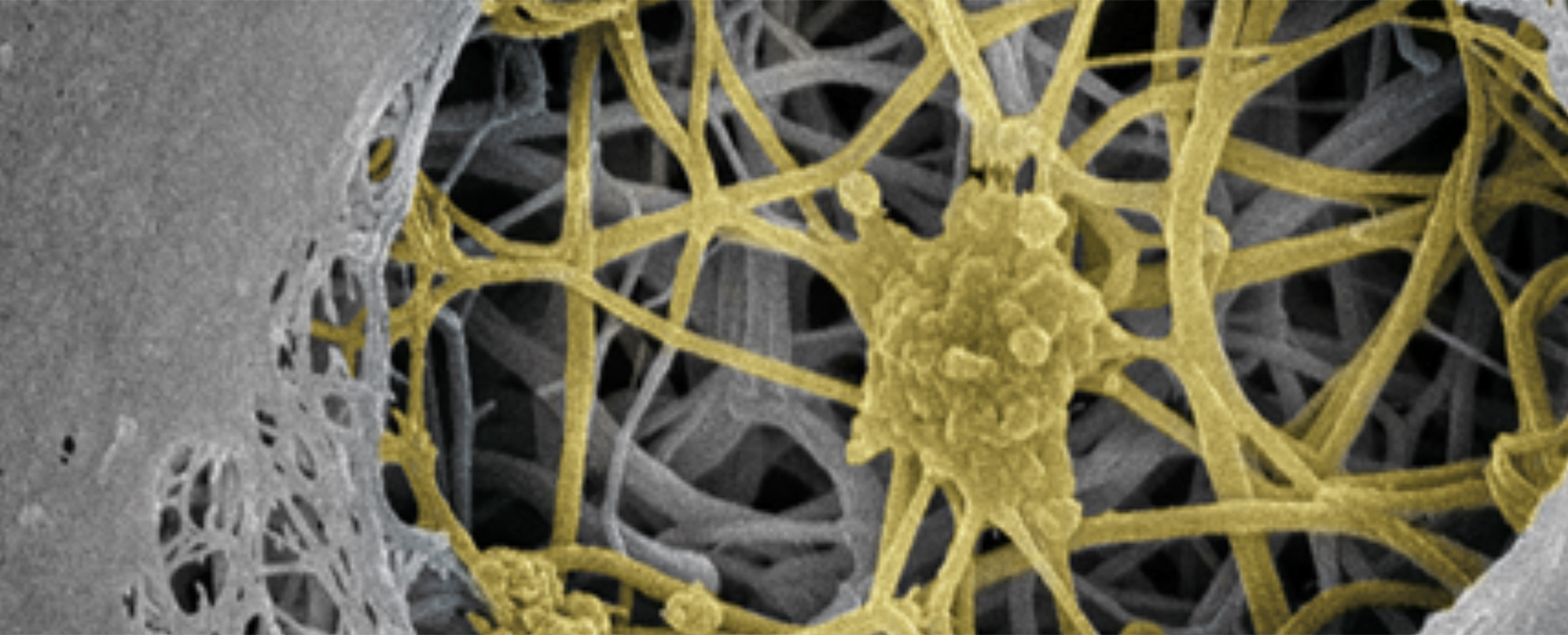
When we do a wound, the human organism produces and releases a set of proteins (cellular signals) to stimulate the process of repairing that wound.
Platelet-Rich growth factors consists in isolating from the blood plasma those proteins responsible for the healing of wounds and tissue regeneration.
Once applied in the area to be treated, and administered in a therapeutic dose, the repair process is optimized and accelerated in a natural way.
In order to prepare the plasma rich in growth factors and to apply this procedure it is necessary to extract a small amount of blood from the patient, from which a "Platelet-Rich Growth Factors" is obtained, that is, a preparation containing a mixture of natural healing factors. This plasma will be placed in the injured area in order to improve and accelerate healing.
PIEZOELECTRIC SURGERY (Minimum invasivity)
Today minimally invasive treatments, such as the use of piezoelectric equipment for the preparation of bone tissue are increasingly widespread among dentists, implantologists and oral and maxillofacial surgeons who perform surgical treatments since they allow to prepare the hard tissues in a, particularly delicate way thanks to the application of ultrasound surgery.
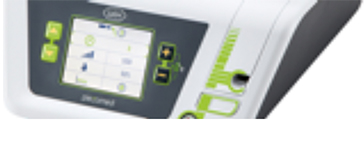
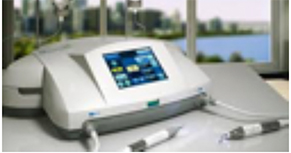
At CUTE SMILE with the careful planning of the cases we use, we consider that recourse to grafts or regenerations due to lack of bone is NOT feasible in certain types of patients according to the area to be treated, however, there are other resources that we have and Which we can apply.
In the case of the mandible, when there is an affectation in bone height due to severe atrophy, there is an anatomical structure that prevents us from being placed, this is the case of a nerve that crosses the mandible and that sometimes its path limits the implantation.
The development of PIEZOELECTRIC technology in Oral Surgery and applied to Pre-Prosthetics, using ultrasound, is effective on the bone without damaging the soft tissues at all, thus we have recovered techniques such as lateralization of the inferior alveolar nerve for posterior mandibular blocks, placing Implants in a single surgical time.
PIEZOELECTRIC SURGERY also allows less invasive surgeries in the obtaining of grafts and other procedures of Oral Surgery.
If you want more information, you can contact us by phone or through the contact form of this web site.
Ask us about your case.
If you prefer to request an appointment directly in our consultations in Q. ROO.
CUTE SMILE is integrated by Stomatologists and Dentists specialists in Oral Surgery and Implants, Oral and Maxillofacial Surgery, Oral and Maxillofacial Prostheses, members of the main and most important guilds and councils that govern their specific professional practice, both national and internationally.
Working hours
Monday-Friday
9:00 - 20:00
Saturday
10:00 - 17:00
Emergency
24 / 7 / 365
+52 987 115 6045
MAKE AN APPOINTMENT
We will contact you shortly.
We can advise you or give you a second opinión base don experience and planning.
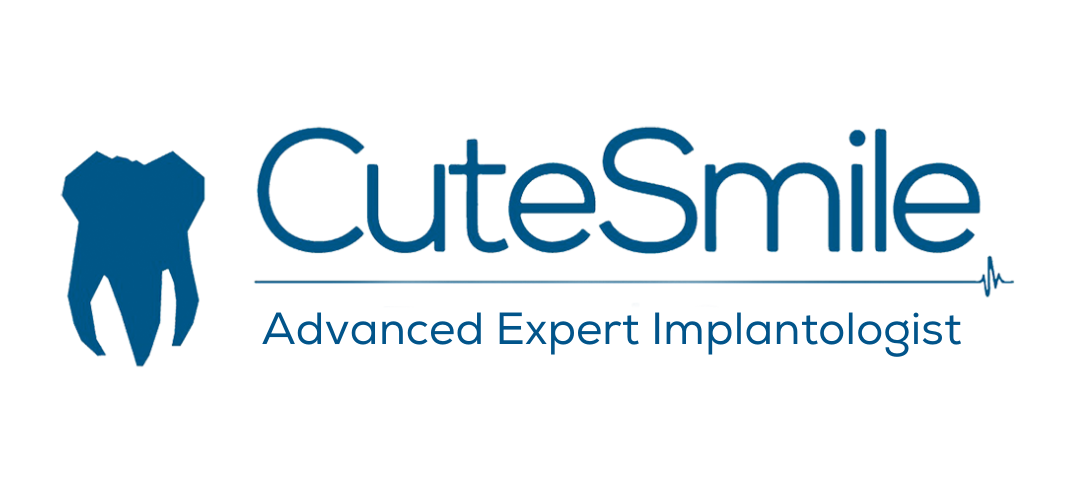


 Messenger
Messenger